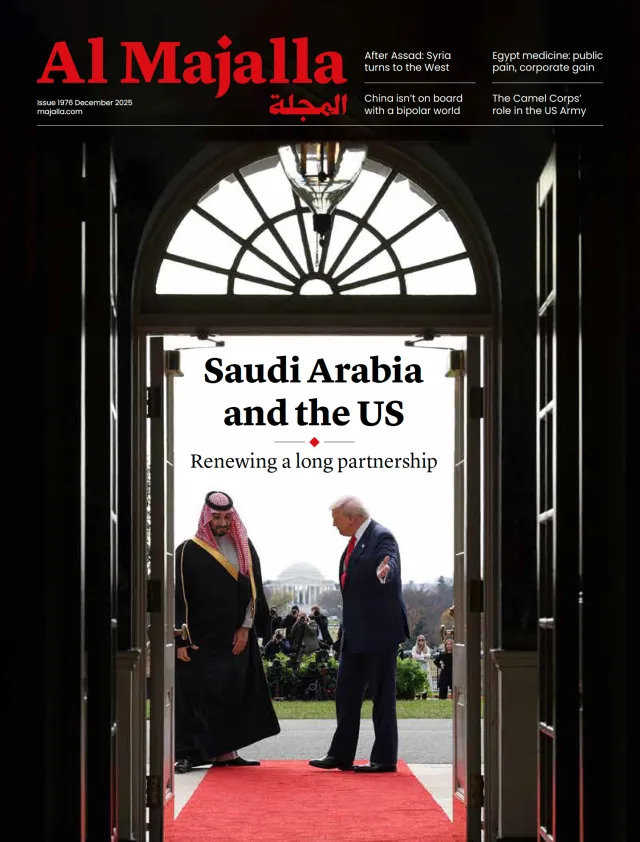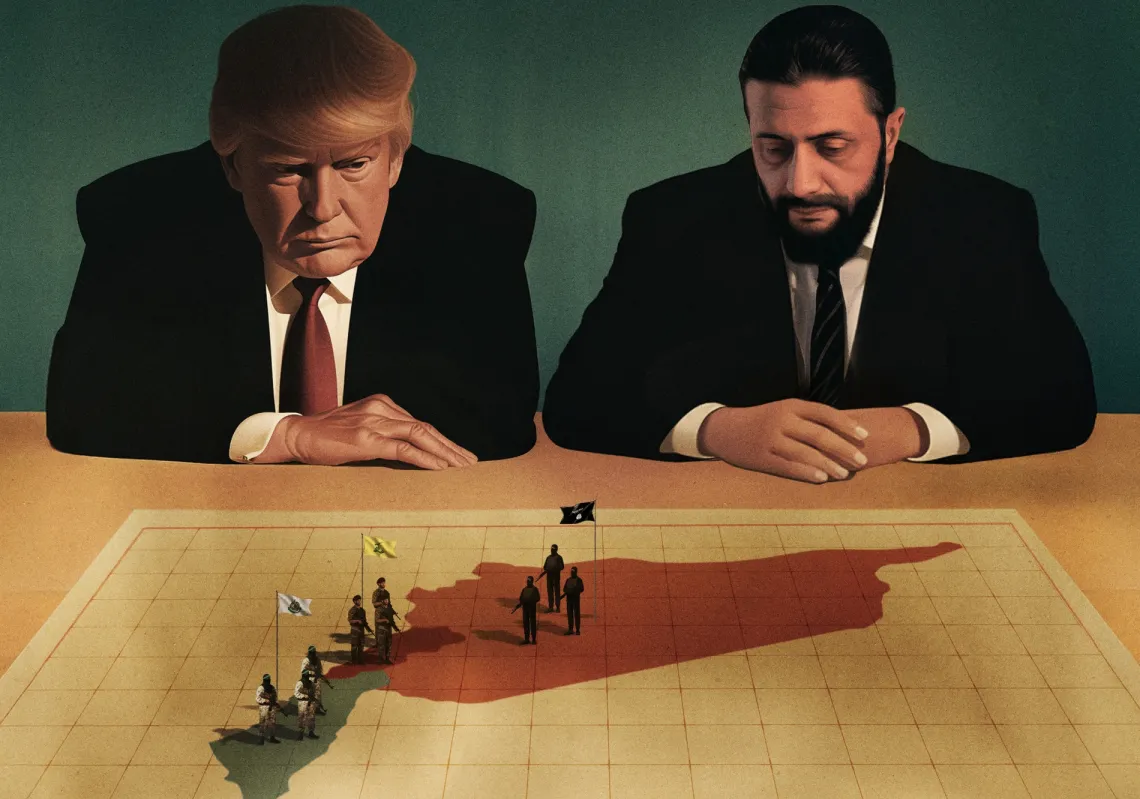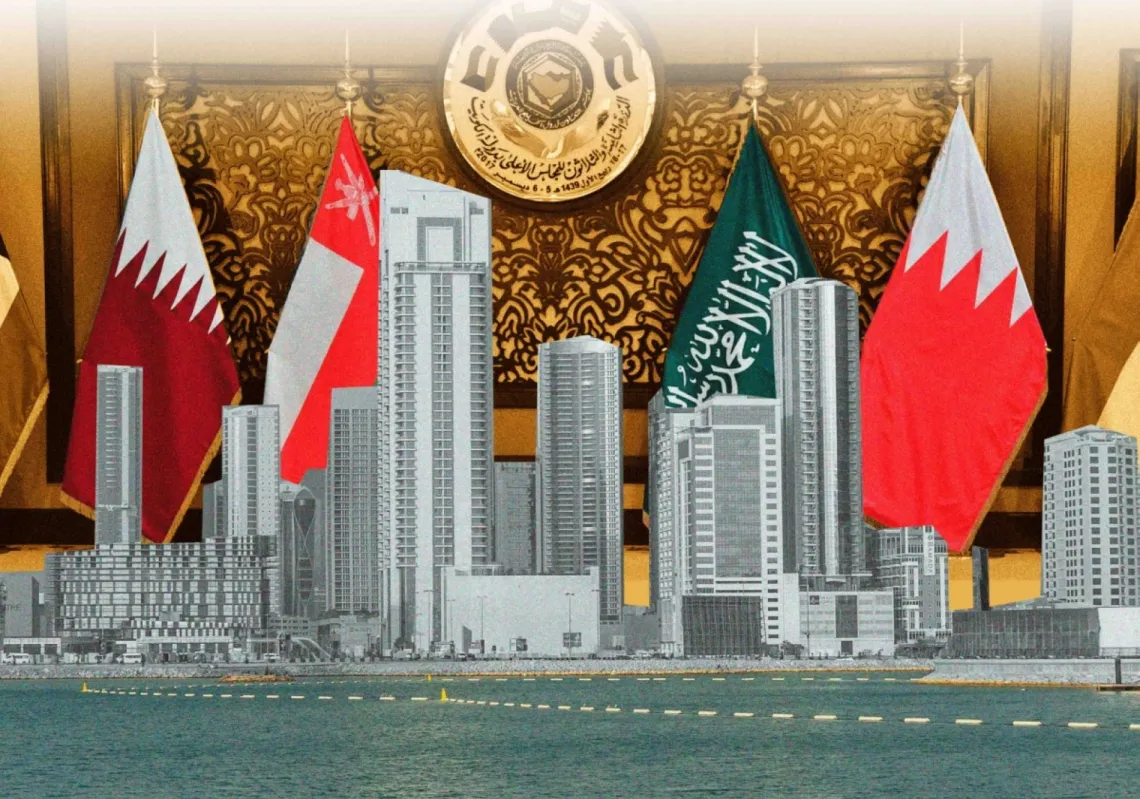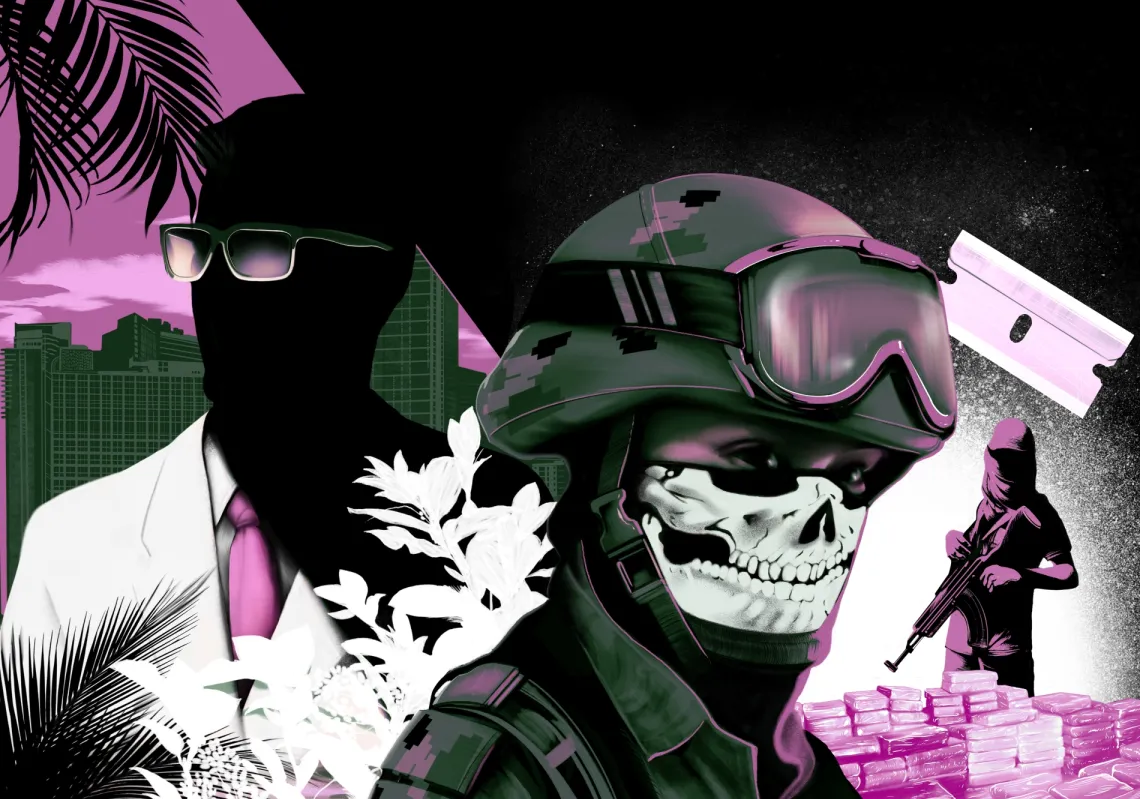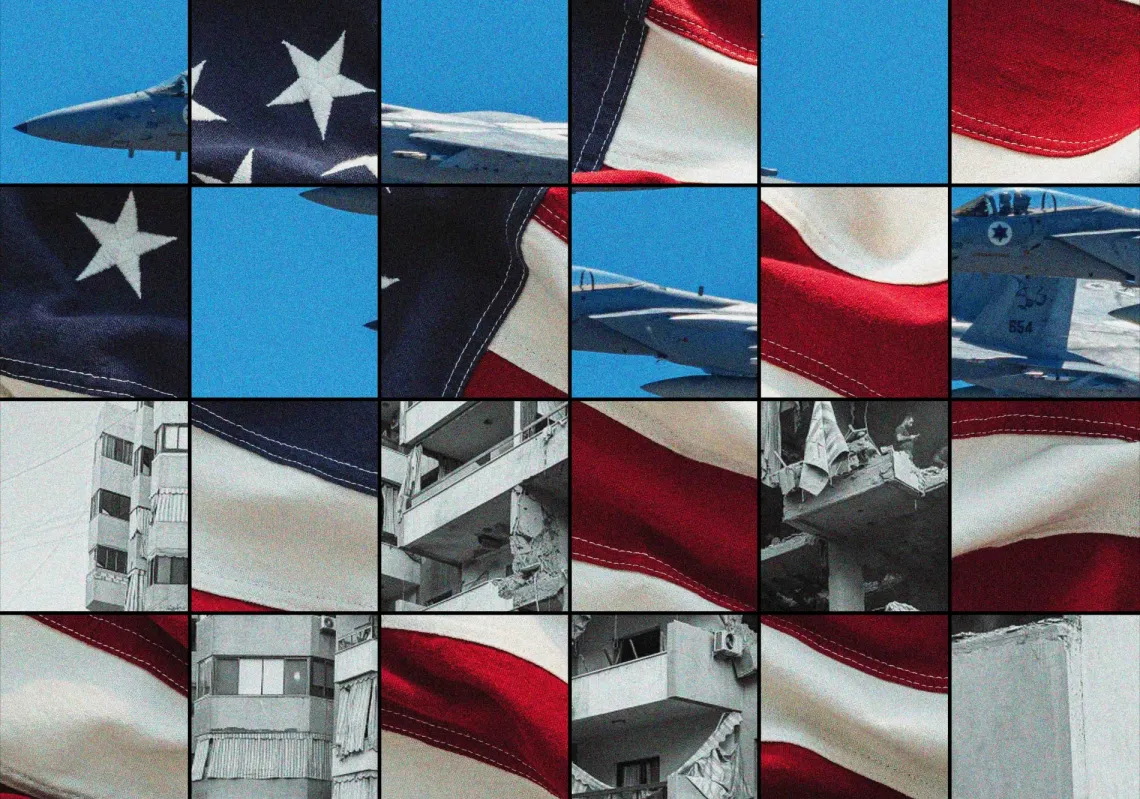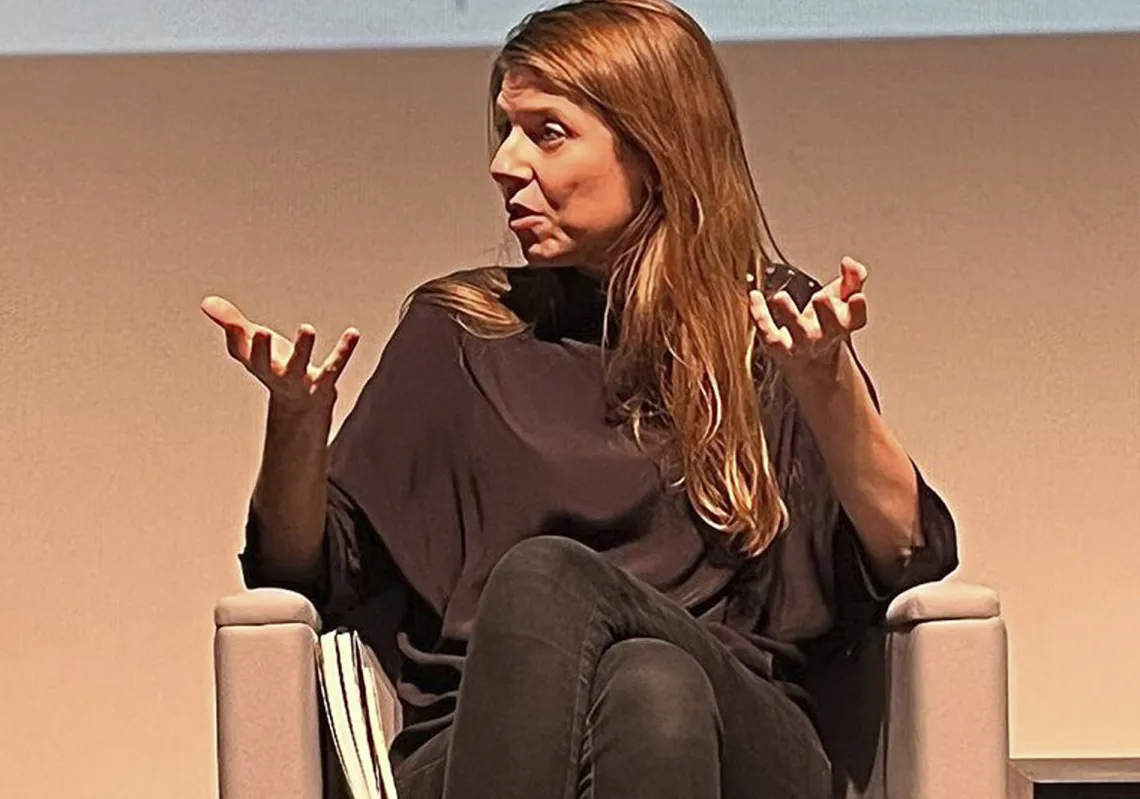The Iranian regime is facing its strongest internal challenge yet, but its security machinery is structured in such a way that ensures its survival. Since it seized power in the 1979 Islamic Revolution, the regime has developed an elaborate, effective and ruthless security machine designed to identify, neutralise and deter threats to its dominance.
It has continuously refined and developed the capabilities and structures required to deal with a full range of threats — from foreign military aggression, espionage and subversion to localised, civil unrest. It has not always been successful. In 2020, senior nuclear official, Mohsen Fakhrizadeh, was assassinated in the heart of Tehran. However, Iran has been successful against domestic threats.
It was able to, in 2009 and 2019 respectively, contain waves of popular discontent through a combination of mass, technical capability and a willingness to use judicial and physical force. However, it has been less successful — as the recent recurrence of popular discontent has shown — in reducing the grievances of its citizens and retaining a popular mandate.
The organisation and command structure of the security apparatus reflects the constitutional division between political and religious authorities in Iran. Officially, security agencies work for Iran’s Supreme National Security Committee but, in practice, they have developed their own lines into the more powerful Office of the Supreme Leader.

While the two bodies typically coordinate their activities, tension, rivalry and overlap exists. Security agencies are well funded and enjoy senior political and clerical support. They also enjoy broad operational freedoms without parliamentary or independent oversight and no accountability other than to the Supreme Leader himself.
Enshrined in the constitution is a duty to protect the Islamic Revolution, which takes precedence over any duty to obey Iranian or international law or respect human rights. For that reason, the most important security forces have been particularly close to religious authorities.
The IRGC
The largest and most important security agency is the Islamic Revolutionary Guard Corps (IRGC). It has, since its foundation in 1979, been tasked with protecting the Islamic Revolution — a mission which has taken on many forms, from participation in armed conflict in the war against Iraq to the suppression of internal dissent.
Originally conceived as a force to protect the revolution from an internal countercoup, it was tied closely to the Ayatollahs who championed Vilayet al Faqih against competing visions for the country after the Pahlavis. During the Iran-Iraq war, the IRGC transformed into a more conventional military force but with the same mission of protecting the revolution from what Tehran perceived to be a Western-backed Iraqi intent on its destruction.
Significantly, the IRGC was led during this period by Ayatollah Khamenei, whose patronage it has retained ever since. It has, as a result, always enjoyed privileged funding, even in times of economic hardship. In July 2021, it received a 14 per cent bump in its funding which accounts for, by some estimates, around 30 per cent of Iran’s defence funding.

